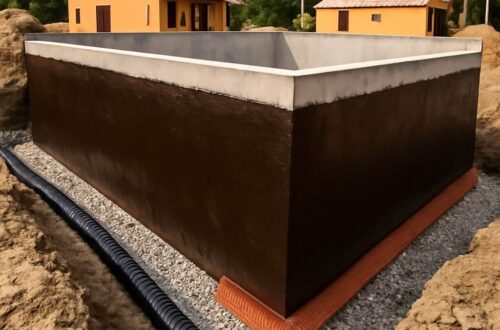If you’re considering a kitchen remodel, it’s vital to start with a solid plan. First, you need to assess your needs and goals to guarantee the new space works for your lifestyle. Next, setting a realistic budget will help you avoid surprises down the line. Finally, planning your layout and design can make all the difference in functionality and style. Let’s explore these essential steps to get your project off to a great start.
Key Takeaways
- Assess your kitchen needs by evaluating functionality, lifestyle factors, and creating a list of must-haves versus nice-to-haves.
- Set a realistic budget by determining your overall spending limit and breaking it down into categories for better management.
- Plan the layout by considering kitchen workflow, ensuring efficiency in movement between cooking, cleaning, and storage areas.
- Enhance functionality by identifying improvement areas, incorporating multi-functional fixtures, and ensuring adequate lighting throughout the kitchen.
- Finalize details by confirming design choices, appliance selections, and preparing for necessary permits and living arrangements during renovations.
Assess Your Needs and Goals
Before diving into your kitchen remodel, it’s essential to assess your needs and goals to guarantee the project aligns with your lifestyle.
Start by evaluating your kitchen functionality—how you cook, entertain, and store items. Consider lifestyle considerations, like whether you have a growing family or frequently host guests.
Make a list of must-haves versus nice-to-haves, focusing on features that enhance daily use. Think about your cooking habits; do you need more counter space or storage?
Set a Realistic Budget
Setting a realistic budget is essential for the success of your kitchen remodel, as it helps you make informed decisions and avoid overspending.
Start by determining your overall spending limit, then break it down into categories like cabinets, countertops, and appliances. Use budgeting tips, like researching prices and seeking multiple quotes, to keep costs in check.
Consider cost-saving strategies, such as opting for refinishing rather than replacing cabinets or choosing alternative materials.
Don’t forget to allocate a portion of your budget for unexpected expenses; it’s better to be prepared than to face surprises during your remodel.
Plan Your Layout and Design
With your budget in place, it’s time to focus on planning your kitchen’s layout and design.
Start by considering your kitchen workflow; make certain that the layout promotes efficiency, allowing for smooth movement between cooking, cleaning, and storage areas. Think about the classic work triangle—placing your stove, sink, and fridge in a way that minimizes unnecessary steps.
Next, integrate design aesthetics that reflect your style. Choose colors, materials, and finishes that create a cohesive look.
Conclusion
By following these three essential steps—assessing your needs, setting a realistic budget, and planning your layout—you’ll be well on your way to a successful kitchen remodel. Remember, this process is all about creating a space that not only suits your lifestyle but also reflects your personal style. So, take your time, stay organized, and enjoy the transformation. Your dream kitchen is within reach, and with careful planning, you can make it a reality!






